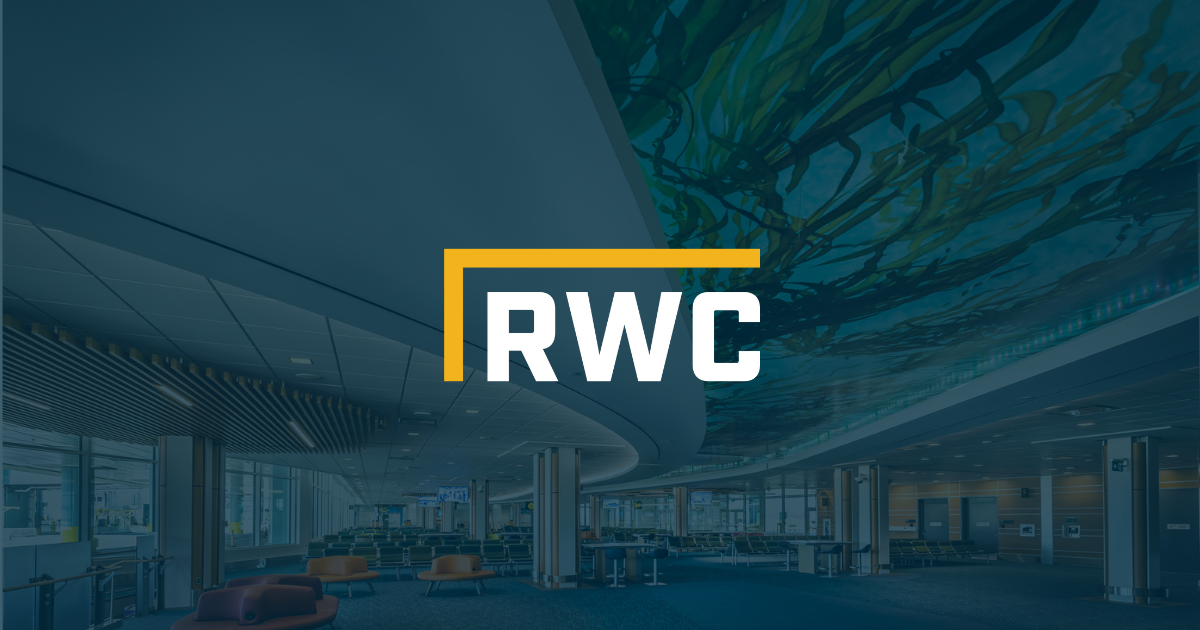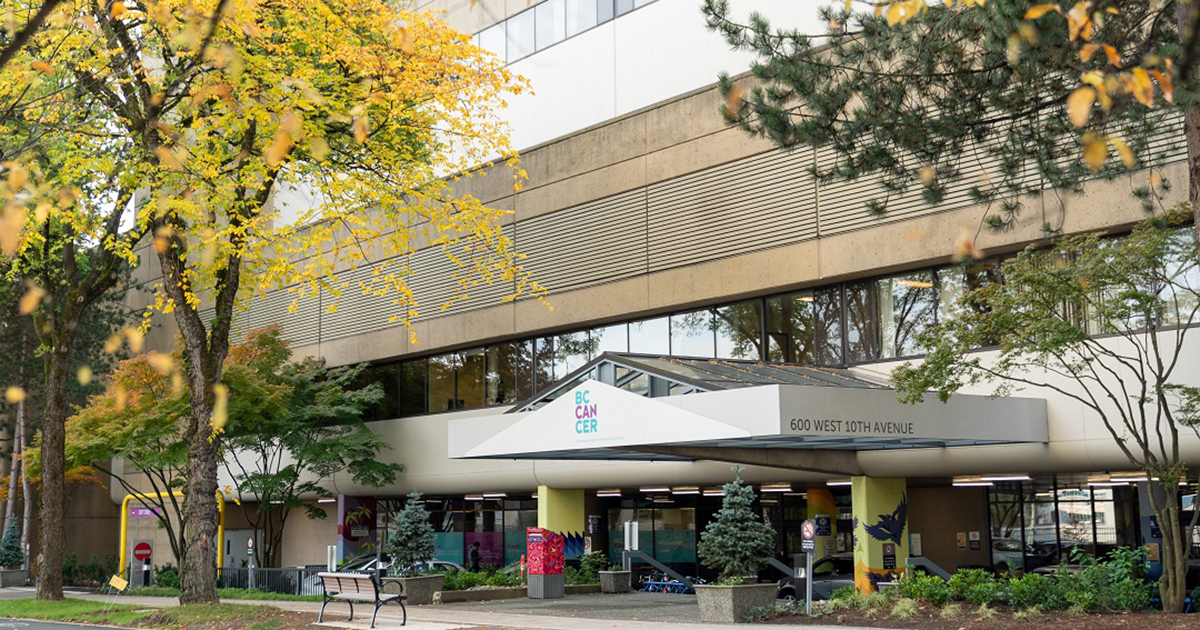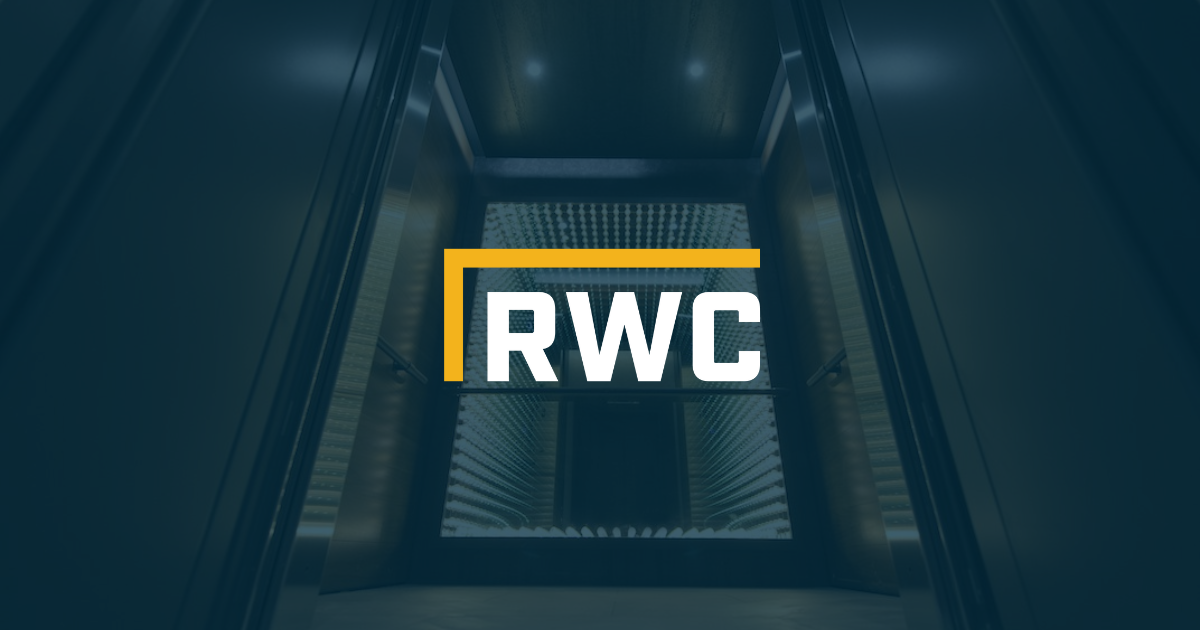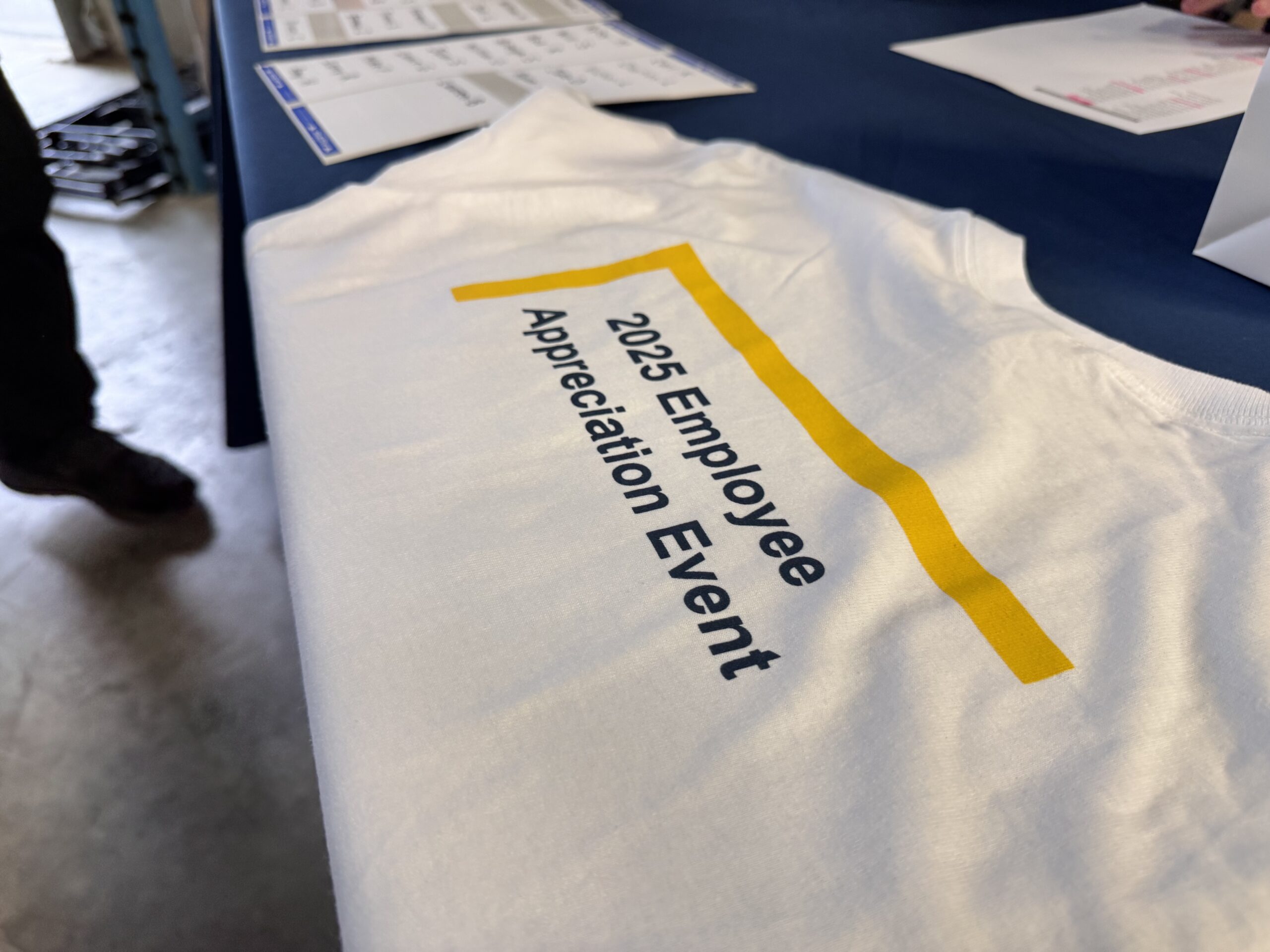RWC Systems Wins Aritzia Retail Project at Oakridge Mall
Read more
By Travis Sloat
At RWC Systems, we take immense pride in our ability to deliver high-quality construction projects, particularly those involving complex walls and ceilings. Our specialization extends to t-bar ceilings, steel studs, exterior and interior walls, and acoustic ceilings. We handle large and intricate projects, including hospitals, large office buildings, transportation stations, community centers, and schools.
Our stringent quality control (QC) mechanisms are a cornerstone of our success, which ensures that every project meets the highest standards. This article delves into the details of our QC processes and explains how we maintain exceptional quality in our construction projects.
Establishing a Granular Sequence
One of the key aspects of our QC process is the establishment of a detailed sequence of tasks. This sequence goes beyond the main schedule provided by the general contractor (GC). Our highly granular sequence outlines which trades go in first, second, third and so forth.
This detailed planning is crucial because our scope of work is often intertwined with that of other trades, such as electrical, HVAC, and plumbing.
For instance, our team may first handle the framing, followed by an external party for rough-in electrical work. We then return to complete the drywall and taping before another company comes in for painting. This requires meticulous coordination to ensure that each phase is executed flawlessly.
The complexity of this coordination cannot be overstated; it involves constant communication and adjustments to accommodate the schedules and needs of other trades, ensuring that every step is completed to our exacting standards.
Role of the Coordinator
To manage this intricate process, we assign a coordinator responsible for maintaining a master tracking sheet of all sequences. On larger projects, a dedicated QC coordinator tracks which areas need quality checks and which have already been inspected. This systematic approach ensures that every aspect of the project is noticed.
Sequence Packages and Deliverables
Our work is divided into sequence packages, each containing a set of deliverables that our workers need to complete by a specific date. We allocate time for QC checks and necessary repairs. This proactive approach allows us to identify and address any issues early in the process, rather than waiting until the end of the project.
Vigilant Quality Checks
Field supervisors meticulously inspect the work and conduct quality checks. They check tolerances and overall quality, filling out QC sheets for each sequence. These sheets are then returned to the coordinator for data entry. This process is repeated at every stage before we hand off the area to another subcontractor.
By conducting multiple passes for quality checks, we ensure that any deficiencies are identified and rectified before the next phase of work begins. This method is crucial because once a subtrade covers our work with theirs, correcting any mistakes becomes significantly more challenging.
Common Challenges and Their Management
We employ highly skilled workers to minimize deficiencies. Some common issues include the use of incorrect materials, workmanship errors, measurement mistakes, and door frame installations.
Material Accuracy
Using the correct materials is paramount. For example, while regular drywall may be used in most areas, moisture-resistant boards are necessary behind water fountains. This attention to detail ensures the longevity and safety of our work.
Workmanship Quality
We maintain strict standards for workmanship. If an individual makes errors beyond an acceptable threshold, they are replaced with someone more skilled. This policy ensures that our team consistently performs at the highest level.
Measurement Precision
Measurement mistakes, such as the “one-inch mistake” where an inch is added or subtracted incorrectly, are common in construction. Our supervisors are trained to identify and correct these errors promptly.
Door Frames
Door frames undergo particularly rigorous QC checks. They are inspected three times: during installation, after other subtrades have completed their work in the area, and after our drywallers have finished. This thorough approach ensures that any minor misalignments, which can significantly impact the door’s functionality, are addressed.
Insulation Coverage
Insulation is another critical area that requires full coverage and proper documentation. We photograph insulation work to provide proof of completion, as it becomes challenging to verify once the drywall is installed.
At RWC Systems, our commitment to quality is unwavering. Our comprehensive QC mechanisms, from establishing detailed sequences to employing skilled workers and conducting rigorous inspections, ensure that every project meets our exacting standards. By coordinating meticulously with other trades and addressing issues proactively, we deliver construction projects that stand the test of time. This dedication to quality is what sets us apart in the construction industry and ensures the success of our projects.
Our success is a testament to the robust QC processes we have in place. These mechanisms allow us to handle complex and large-scale projects with precision and excellence. As we continue to grow and take on new challenges, our commitment to quality will remain at the forefront of everything we do, ensuring that RWC Systems continues to be synonymous with top-notch construction.







